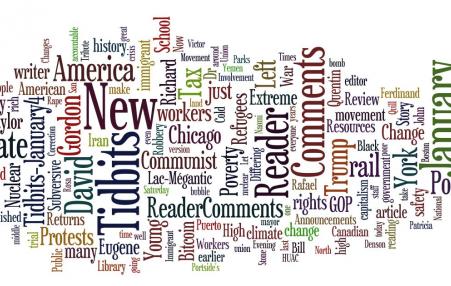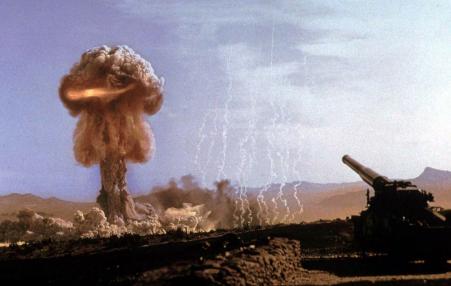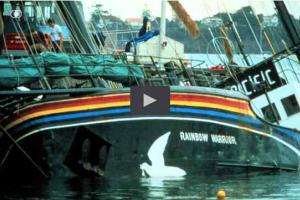Tidbits - January 4, 2018 - Reader Comments: Extreme Poverty Returns; GOP Tax Robbery; Bitcoin; Iran; Nuclear Tests; Recy Taylor; High School Protests; Immigrant Rights; Climate Change and the Left; and more....
 Reader Comments: Extreme Poverty Returns; GOP Tax Robbery; Bitcoin; Iran; U.S. Nuclear Tests; Rape of Recy Taylor; Puerto Rico; High School Protests; Yemen; Global Refugees; Cold War history of immigrant rights; Story of Ferdinand; Correction: Subversive Involvement: Chicago and HUAC - Tribute to Dr. Quentin Young; Climate Change and the Left; and more....
Reader Comments: Extreme Poverty Returns; GOP Tax Robbery; Bitcoin; Iran; U.S. Nuclear Tests; Rape of Recy Taylor; Puerto Rico; High School Protests; Yemen; Global Refugees; Cold War history of immigrant rights; Story of Ferdinand; Correction: Subversive Involvement: Chicago and HUAC - Tribute to Dr. Quentin Young; Climate Change and the Left; and more....




Spread the word